Written By: Brad Campbell | February 16, 2023
There’s a lot of confusion and misinformation regarding the terms “bulletproof glass,” “ballistic glass,” and “non-ballistic glass,” so we’re here to help clear some of it up.

When people talk about bulletproof glass, they may be referring to one of many types of security glass or glass-like products that can withstand up to several ballistic rounds from certain types of firearms. However, in reality there is no such thing as 100% bulletproof glass.
The level of protection provided by anything marketed as bulletproof glass is determined entirely by the material it’s made of, how thick it is, and how it’s manufactured. But, there's no combination of material, thickness, and manufacturing process that can make bulletproof glass. Bulletproof glass is a marketing invention.
There are very resilient, thick types of security glass (i.e. laminated security glass) and incredibly impact resistant non-glass glazing shields (i.e. polycarbonate) that have very high levels of ballistic resistance, but anything can eventually be penetrated if hit by enough bullets from strong enough firearms. Therefore, it’s incorrect to call these products bulletproof glass.
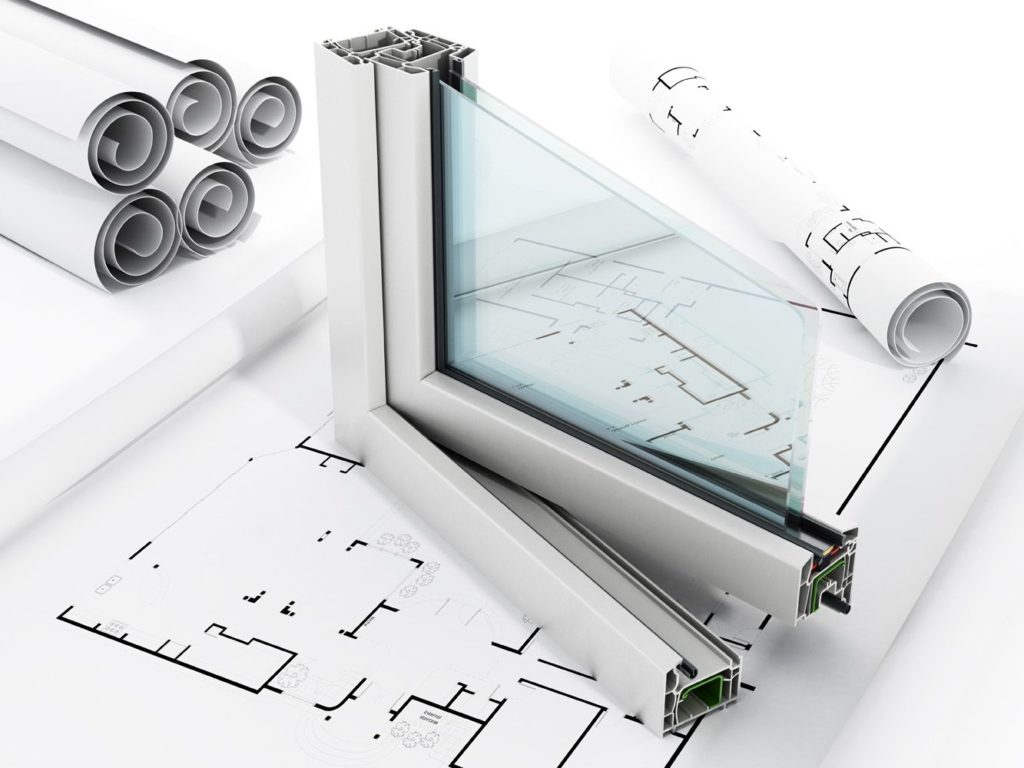
The most bullet-resistant glazing, or the closest thing to what you could call bulletproof glass, available on the market is glass-clad polycarbonate. This type of product consists of multiple layers of polycarbonate and security glass laminates sandwiched together. The thicker the final product is, or the more layers there are, the more bullet resistant it is. But remember, there is no 100% bulletproof glass.
So, to reiterate our main point, it’s incorrect to call any type of security glazing bulletproof glass. Products made out of materials such as polycarbonate can be very bullet resistant, but they can never be totally bullet proof.
First off, let’s get you acclimated to the proper vernacular. When referring to types of glass that can stop bullets, the correct terms to use are “ballistic glass” or “bullet-resistant glass,” NOT “bulletproof glass.”
Because nothing is guaranteed to produce a particular result. Testing in a laboratory is an indicator of possible, perhaps even probable, outcomes. However, actual attacks can vary greatly, and it is impossible to test for every possible contingency.
That being said, it is comforting to know the glass has been tested and has stopped rounds, and these results are there to help guide buyers to a solution that addresses their perceived threat level.
It is easy to find technical data on this topic swirling around on the internet. In fact, we have a lot of technical mumbo-jumbo on our website if you are so inclined to read it.
However, we wanted to explain the truth about bulletproof glass and bullet-resistant glass in this blog post with less inner-industry jargon and more “man on the street” language that everyone can easily understand.
Bullet-resistant glass is a term that can refer to a range of security glass products that are resistant to firearm projectile impacts to varying degrees, but that WILL NOT actually stop all bullets in their tracks. In other words, it’s important not to assume that all bullet-resistant glass is created equal, as this is not the case.
Bullet-resistant windows are rated to resist impacts from bullets of different calibers and velocities, but this does not mean that the rounds will just bounce off and fall away harmlessly to the ground.
We often refer to one glass type when we talk about bullet-resistant windows as an “all-glass laminate.” This type of glass consists of several laminated glass layers that can protect against forced entry, rioters, stray bullets, and active threats, depending on the overall thickness and strength.
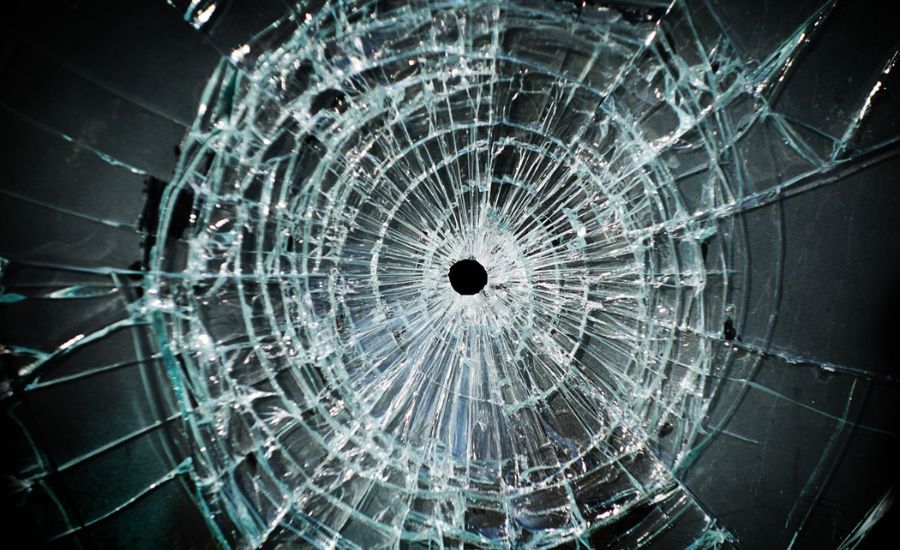
There are several alternative types of bullet-resistant glass and all-glass laminates, including but not limited to: glass-clad polycarbonate and laminated polycarbonate. Cost, weight, durability requirements, and protection levels are all determining factors in choosing the best materials for your project.
Depending on the rating of a specific glass model, it may be able to stop one or several bullets. Again, this depends on many factors, including the caliber, velocity, and grain (weight) of the projectiles. High-powered ammunition may have no trouble piercing many types of ballistic-grade glass.
After the first round impacts a sheet of bullet-resistant glass, it will significantly diminish in strength with each subsequent impact. Eventually, even the most robust glass can become compromised and no longer provide a protective security barrier.
Key facts about bullet-resistant window glass:
There are many types of glass that are not bullet resistant, from the standard annealed or plate glass window glass you might find in a business, to the tempered or laminated safety glass commonly used in areas where added strength is needed for a myriad of reasons. Non-ballistic just means that it offers ZERO protection against firearm projectiles.
In other words, if a non-ballistic window gets hit by one bullet, it will likely shatter and may fall from the framing. Certain safety and security glass types are stronger than standard window glass and are designed to be less dangerous when they break, but they are no match for a bullet of any type.
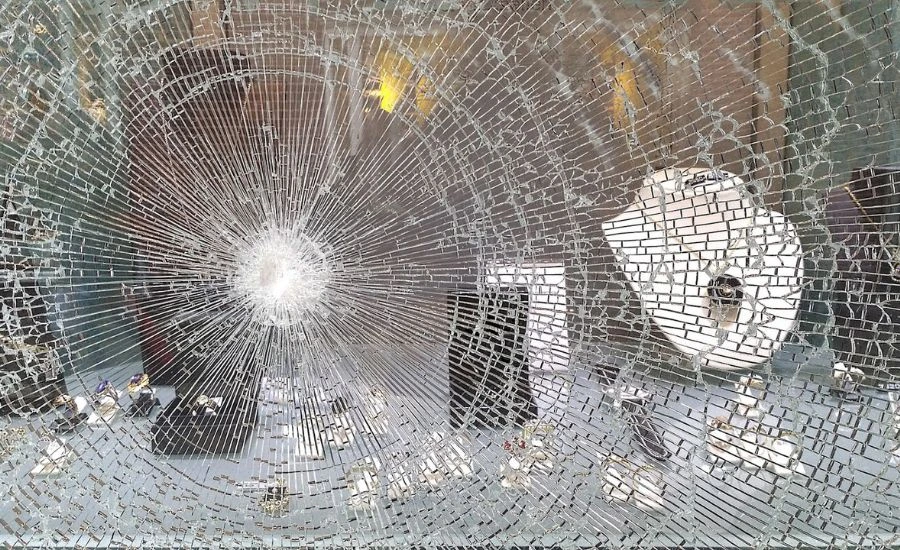
Characteristics of non-ballistic windows:
Bullet-resistant glass can protect people & property
Now that you have a better understanding of what bullet-resistant glass is, let’s take a look at a couple of ways it can be used to increase day-to-day security. Even if there’s no such thing as bulletproof glass, bullet-resistant glass can still go a long way towards protecting people and property from a myriad of real-life threats.
Top-of-the-line protection for businesses and commercial properties
Ballistic windows are one of the best ways businesses or commercial facilities can upgrade their glass to protect against everything from forced-entry and burglary attempts to rioting and looting.
Whereas standard tempered, non-ballistic safety glass that’s commonly used in retail and other commercial applications is very easy to shatter, this is not the case for ballistic-rated glass. Business or commercial building owners often choose to install bullet-resistant windows to protect their merchandise, equipment, and employees.
For example, retrofitting a retail storefront with ballistic rated glass panels likely means that the windows will be virtually unbreakable using traditional burglary methods. The armored glass will be able to withstand repeated impacts by things like hammers, crowbars, bricks, rocks, and other common break-and-enter tools.
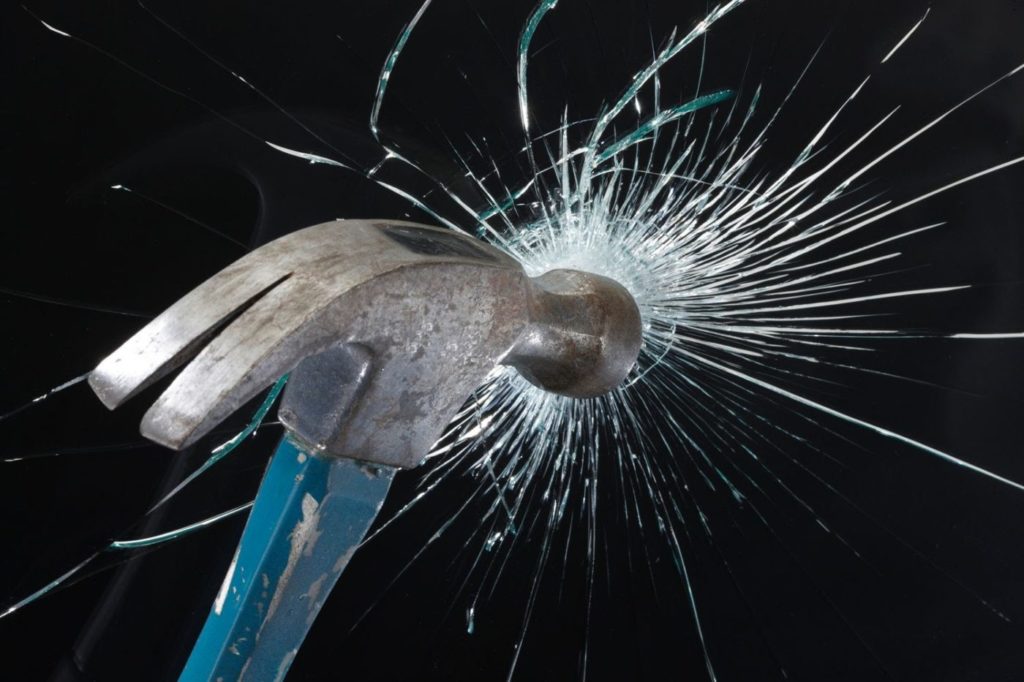
There is an important distinction to make here between the glass that is bullet resistant and glass that is forced entry resistant:
There are many less expensive glass options tested to forced entry standards that can help reduce the chances that a burglar will be successful in forcing their way into your building, but these are not necessarily bullet resistant. If it does not have a ballistic rating or test data listed on the product datasheet, it should not be considered bullet resistant glass.
On the other hand, many ballistic-rated glass make-ups also have forced entry test data, which makes sense when you think about it. If it is robust enough to stop bullets, it is exceptionally tough glass, and can definitely resist other less powerful impacts.
Moral of the story: forced entry glass is not always bullet resistant, and not all bullet-resistant glass is forced entry rated. Ask your consultant to clarify and read the datasheets thoroughly before buying any security glass solution to ensure you’re getting the level of protection you want.
According to the FBI, burglary accounted for approximately 17% of all property crimes in 2018.

Would-be intruders are usually deterred very quickly when they can’t gain entry easily, so they’ll move on to find another target. When used as part of a complete security system, ballistic-grade windows are an extremely effective way to prevent property damage, theft, and financial loss.
Effective active threat protection
Ballistic resistant glass is an ideal way to protect against active threats. Unfortunately, this type of security is becoming increasingly necessary in our society, even in schools, but it doesn’t have to be overly complicated and expensive to secure a facility against active threats.
Glass windows and doors are a building’s most vulnerable entry points. An active threat can easily fire a round or two through standard window glass, shattering it and gaining easy entry to a facility or to a specific room, which is bad news for those inside.
In 2019, the FBI designated 28 shootings in the USA as active threat incidents.
Upgrading a building with bullet resistant windows can stop bullets to a certain degree and keep violent would-be intruders out. Even if an armed attacker is able to penetrate the windows with ballistic rounds, they will have a difficult time shattering them completely to gain entry.
This delayed entry gives people inside time to react by calling the police, barricading themselves inside a safe area, or evacuating through another entrance. It also provides the authorities time to arrive and neutralize the threat to prevent or minimize loss of life.
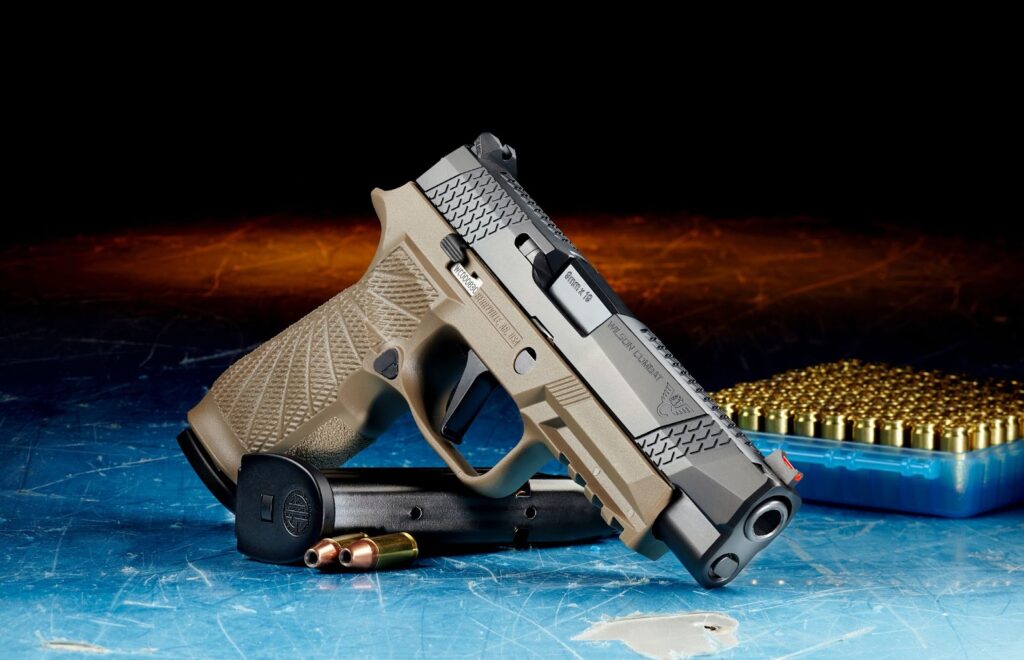
When you’re looking to reinforce your property’s glass doors and windows with security glazing, it’s important to always remember that there is no completely bulletproof glass. However, you can achieve an incredibly high level of physical security by retrofitting doors and windows with glass that is bullet resistant.
Standard non-ballistic window glass and stronger glass like tempered safety glass have their place, but bullet-resistant windows offer protection against a wide range of threats and won’t shatter easily.
Contact Riot Glass® today to learn about our bullet-resistant glass retrofits or schedule a consultation with one of our security experts.
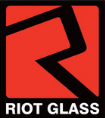
HOW CAN WE HELP YOU?
